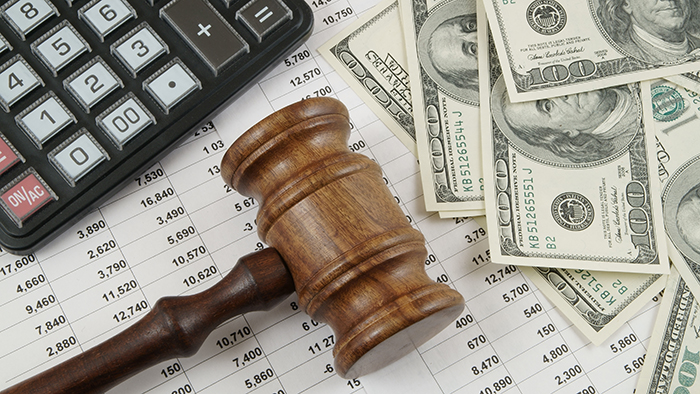
COVID-19
What We Have Learned From the Pandemic, Part 8
By Michael Meyer, Writer/Editor; and Madilyn Moeller, Editorial Assistant, American Med Spa AssociationEighteen months ago, COVID-19 emerged and changed the ...

Show your committment to patient safety, legal compliance and community over competition.
AmSpa members receive preferred pricing on all AmSpa live and virtual trainings.
Get the latest news and information about safe, legal practice in medical aesthetics directly in your inbox.
Get access to med spa laws, in-person and online training and more!
Posted By Mike Meyer, Monday, May 18, 2020


By Patrick O'Brien, JD, legal coordinator, American Med Spa Association

Over the weekend, the U.S. Department of the Treasury published the application document that borrowers of the Paycheck Protection Program (PPP) will need to fill out to be eligible for loan forgiveness. As we'e covered in the past (see here), this program has had almost constant updates and refinements, but until now, we did not know for sure what would be needed for loan forgiveness. The Treasury's PPP resource page includes rules, an FAQ and the forgiveness application; visit it here. Many of the resources are technical in nature and aimed more at issues for lenders and larger businesses. However, others address core issues and uncertainties that small business owners have with this unusual lending program.
To briefly recap, the PPP is intended to provide emergency loans to small businesses, helping them with payroll costs and other specified expenses. The loan funds that a business spends on approved costs during the first eight weeks may be eligible to be forgiven, and potentially 100% of the loan may not have to be repaid. Until now, we only had the language in the Coronavirus Aid, Relief and Economic Security (CARES) Act to suggest how the forgiveness process would look. With the release of the PPP Loan Forgiveness Application (see here for pdf), many of these uncertainties are answered.
Looking through the application, it should strike everyone as being very similar to filling out tax forms and worksheets. The Department of the Treasury has provided instructions and basic guidance on each of the lines and where to add or subtract various figures, but there will undoubtedly be more questions as people begin working through the process with their information. The application itself should be submitted to your lending bank or whichever bank is servicing your loan; the lender may be able to provide some guidance on filling out the application, but you should not solely rely on them. Because this is a technical application with stringent documentation requirements, you should enlist the help of experts who have been working with this program—your certified public accountant, business advisor or attorney may be a good resource to assist you.
There are, of course, many additional changes to this program that are likely to take place over the coming weeks, and there are rumors that some of the early guidance and rules may be revised. So, while this represents the best information we have now, the situation will likely change as time goes on. AmSpa has gathered a number of resources to help our members through this time in our Coronavirus Resource Center, and we have put together a Re-opening Checklist and Toolkit. We also have frequent webinars on the PPP and discuss issues and updates to the PPP and other relief programs. Check the resource center frequently for future dates.
Related Tags
Medical spa news, blogs and updates sent directly to your inbox.

COVID-19
By Michael Meyer, Writer/Editor; and Madilyn Moeller, Editorial Assistant, American Med Spa AssociationEighteen months ago, COVID-19 emerged and changed the ...

COVID-19
By Michael Meyer, Writer/Editor; and Madilyn Moeller, Editorial Assistant, American Med Spa AssociationEighteen months ago, COVID-19 emerged and changed the ...

COVID-19
By Michael Meyer, Writer/Editor; and Madilyn Moeller, Editorial Assistant, American Med Spa Association Eighteen months ago, COVID-19 emerged and ...

COVID-19
By Michael Meyer, Writer/Editor; and Madilyn Moeller, Editorial Assistant, American Med Spa AssociationEighteen months ago, COVID-19 emerged and changed the ...